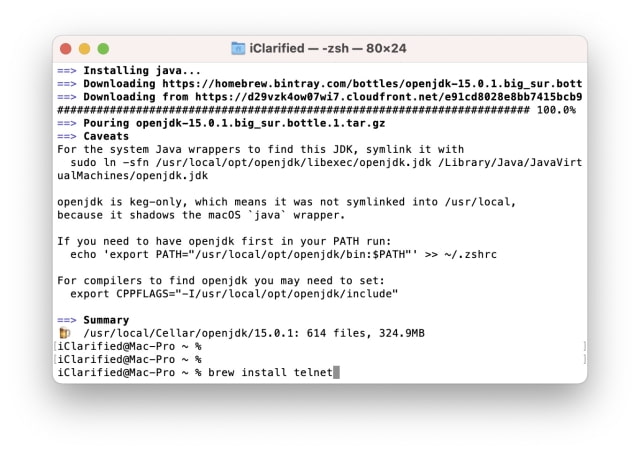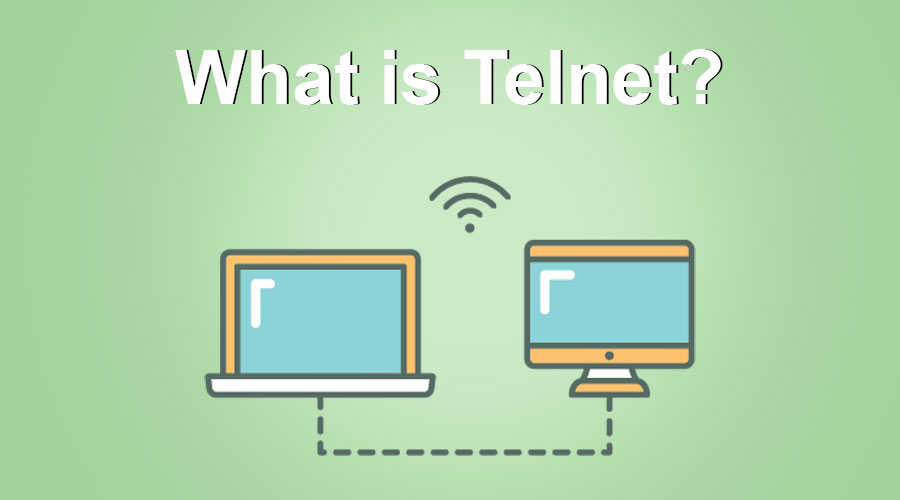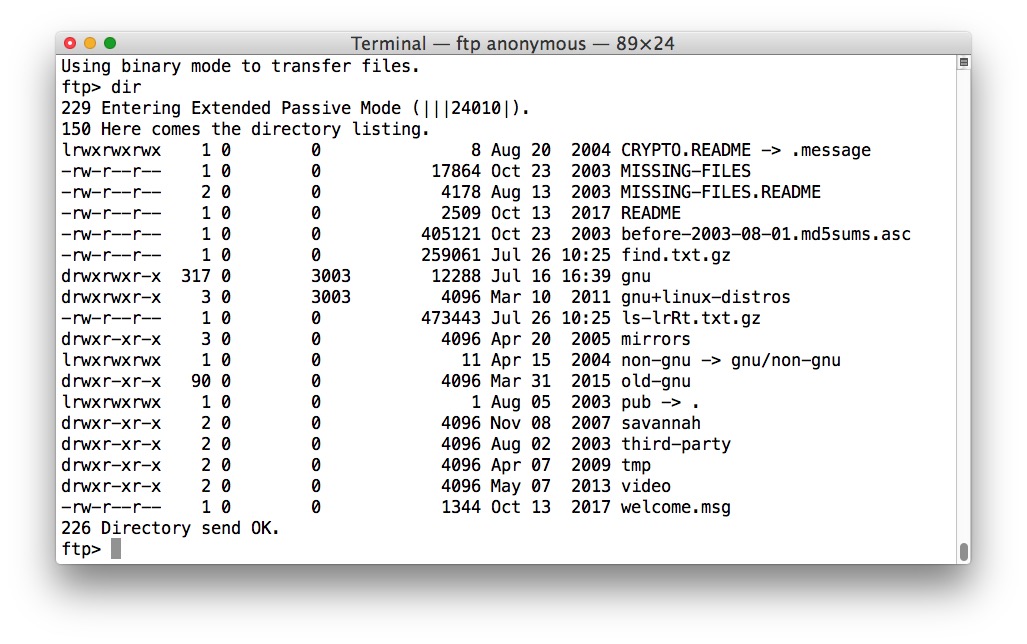

- WHERE IS TELNET ON MAC OS HOW TO
- WHERE IS TELNET ON MAC OS MAC OS X
- WHERE IS TELNET ON MAC OS MAC OS
- WHERE IS TELNET ON MAC OS DRIVER
- WHERE IS TELNET ON MAC OS SOFTWARE
This video will show you how to How to install telnet on macOS 10.13 (High Sierra) or 10.14 (Mojave). How to install telnet on macOS 10.13 (High Sierra) or 10.14 (Mojave)
WHERE IS TELNET ON MAC OS MAC OS
Telnet is not available in Mac OS High Sierra so if you need telnet then you have to install telnet in Mac. Enable Telnet in mac OS High SierraĮnable or Install Telnet in Mac OS High Sierra.

One can install some packages by entering a command in the terminal, which will download, compile and install the requested.
WHERE IS TELNET ON MAC OS SOFTWARE
It’s open-source software designed to simplify the installation of other software. Telnet Install Mac Os How Do I Install Telnet On A Mac Telnet Install Mac Os Details Group Tabs. Homebrew is one of the native ways to get the new packages in MacOS. Mac OS was previously shipping telnet by default but now they stopped, one can use this tutorial to get telnet in their current MAC OS laptop or Desktop. All Rights Reserved.This article will guide the process of How to install Telnet on MacOS Big Sur and other various MacOS versions.
WHERE IS TELNET ON MAC OS MAC OS X
Tips: The Calculator included with the Mac OS X (use menu - view - programmer), can translate numbers to octal values.ġ997-2022 MochaSoft Aps. None ASCII characters can be typed in Octal: \xxx. Use UNIX program infocmp to view the current configuration in use. Notice keys F1 - F5 are local keys on a real VT220 terminal, and the data these keys should transmit are not defined in any standard. Mocha Telnet is as default defined for a VT220 keyboard. The test option will send ASCII text "Hello World" + CR + LF to the printer."īackground, text, bold text, cursor and clipboard select area can be given different colors. This will not work with normal Mac OS X printers, as they are not supporting raw printing ,but bitmap printing.
WHERE IS TELNET ON MAC OS DRIVER
Auxiliary print : If using a matrix printer and a printer driver supporting raw print data, the server can with special escape sequences request data to be routed to a printer. This option send an extra keep alive every 10 second. Send keep alive : In a proper working network, telnet should not send keep alive, lower level protocols will handle it. Start in 8 bit mode : As default a VT220 terminal runs in 7 bit mode for escape sequences, but the server can request 8 bit mode. Start in 132 mode : As default the session will start in 24x80 mode, and hereafter the server can request a 132 character width mode. Cursor blink : If using a blinking cursor. Bell : If bell sound should be used, when the server sends character 0x7. Confirm exit : If the user must confirm the window close, when using apple+Q or the red (x) icon in the title bar for the window. Auto connect : When Mocha Telnet program is started, it can start one or more telnet windows. Answer back : Data returned, when the UNIX server makes an ENQ command. Search for password : Text to look for from the server, before sending the password (only with telnet protocol). Search for user ID : Text to look for, before sending the user id (only with telnet protocol). It is much better to type the password at each session start. Notice it gives very limited security to write the password in the configuration. Password : This is the password for the user on the server (optional). User : This is the user name on the server (optional). Mouse wheel : If the mouse can be used to scroll back in the line buffer history. 
The server can with an escape sequence, overrule this settings
Local echo : Select if keys typed, will be echoed locally. CR to CRLF : Select if the return/enter key is sending CR or CR+LF. Termtype: Terminal type, which is UNIX environment variable TERM, and used with terminfo tables. This is only useful if more than one host configuration Name: Give the session configuration a name, as it is easier to remember. Public key authentication is not supported. Only a SSH server, which allow authentication with user id/passwordĬan be used. SSH2: If Telnet or SSH should be used as protocol. As default Telnet uses port 23 and SSH 22. Port number: Port number for the session. Either a TCP/IP address as 155.22.11.2 or a DNS name.  IP Address: Name of the UNIX/Linux Server. In the left box is a list of already configured servers. In mocha telnet, click on the configure icon in the toolbar.Ī pop up dialog is shown. Before making a session, basic information as IP address for the server must be defined.
IP Address: Name of the UNIX/Linux Server. In the left box is a list of already configured servers. In mocha telnet, click on the configure icon in the toolbar.Ī pop up dialog is shown. Before making a session, basic information as IP address for the server must be defined.








 0 kommentar(er)
0 kommentar(er)
